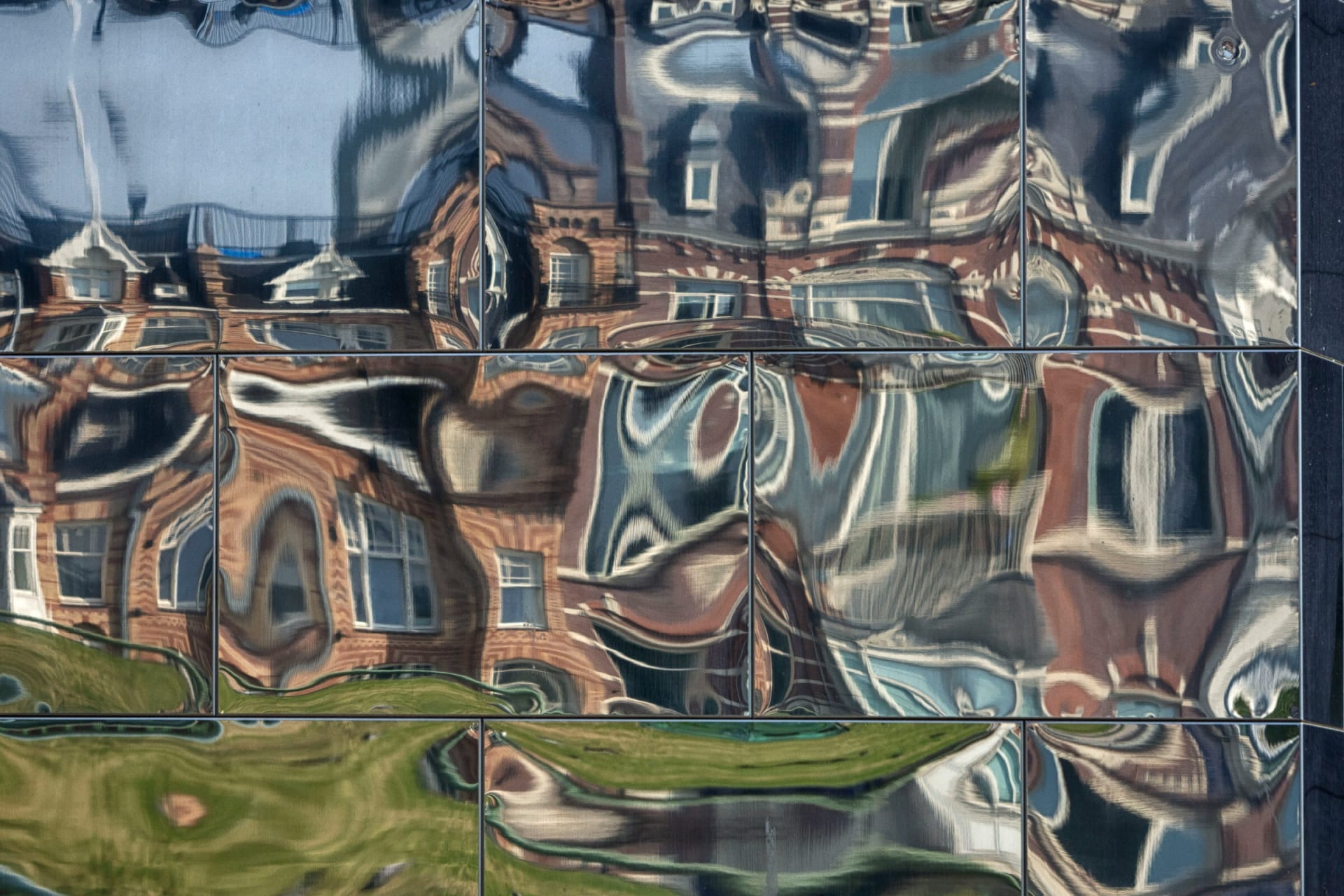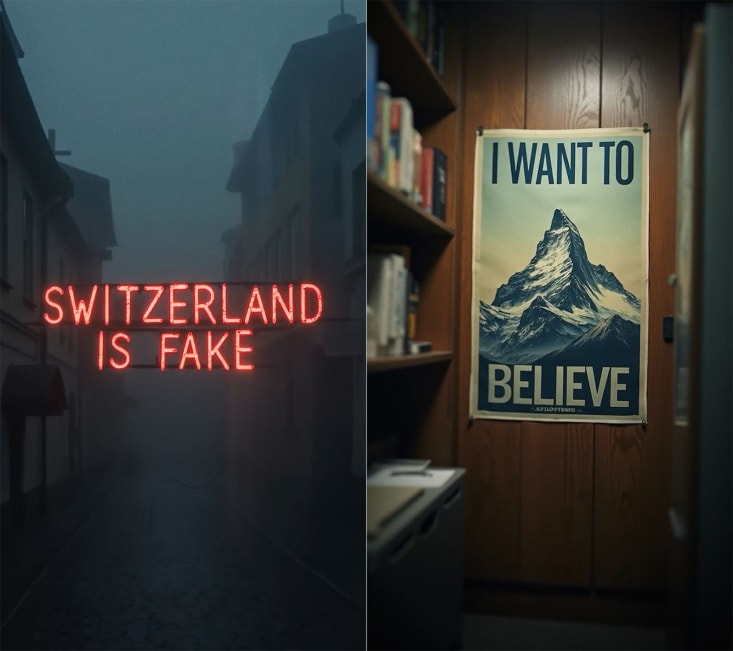Artists and creative professionals are emerging as crucial allies in the fight for truth. In an unique collaboration between a government agency and the visual arts, Sweden’s Psychological Defense Agency in May announced that it had commissioned Bildkonst Sverige, or Visual Arts Sweden, “to begin a landmark study into visual literacy's role in combating disinformation,” with a focus on fostering visual literacy in children and young people.
Magdalena Malm, director of Visual Arts Sweden tells VML Intelligence, “there has been almost no discussion of the fact that the image has replaced text as the foundational medium of communication. Nor has there been discussion about what this means for the skills needed to critically read and express oneself through images.”
Malm points out that “we consume images much faster than we read text. Because of this immediate impact, they tend to affect our emotions more. Secondly, our skills in reading images are so much weaker than our skills in reading text—and thus we are more vulnerable.”
She notes that the defense sector “understands” the need to critically read images - hence the collaboration on the study. “Artists and filmmakers possess a profound and in-depth knowledge of reading images, as well as composing them. If you understand how images are composed, and how image and text work together to change meaning, you will also recognize when they are staged or AI-manipulated. We see that this is a resource that has not been widely recognized.”



